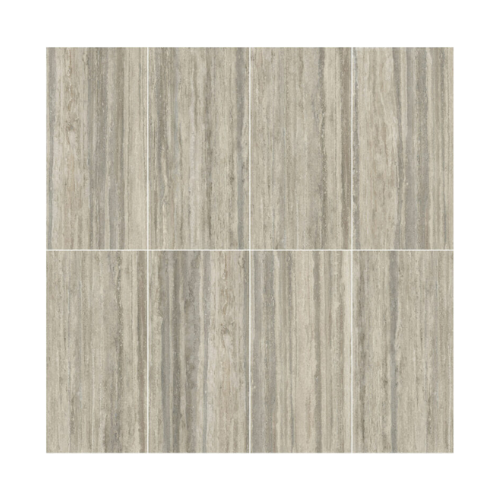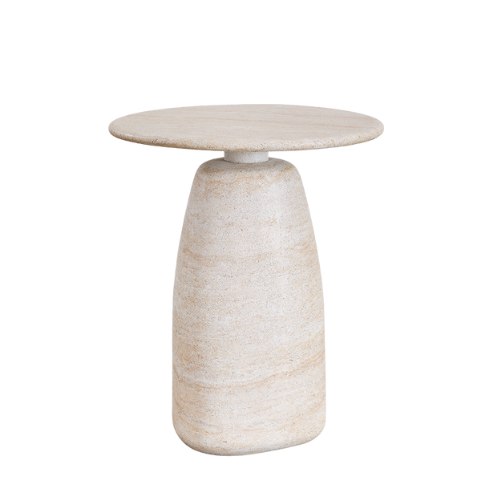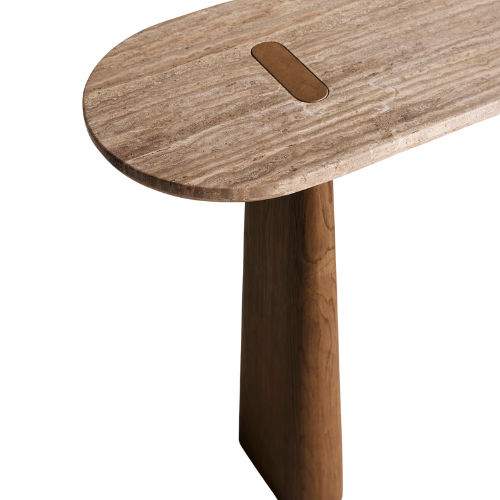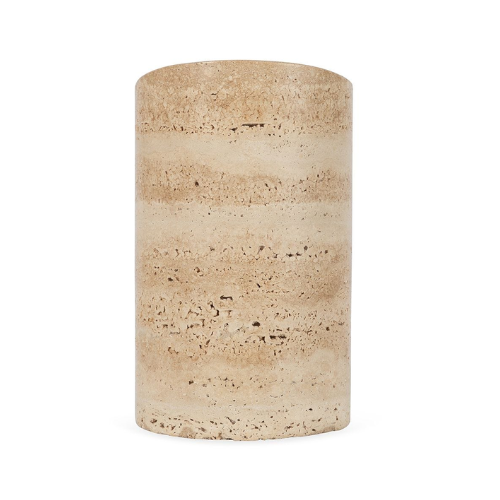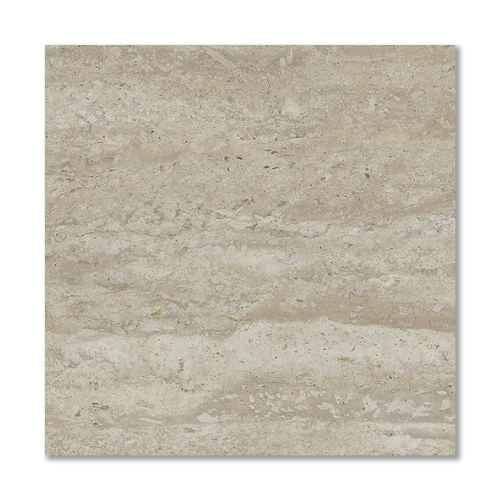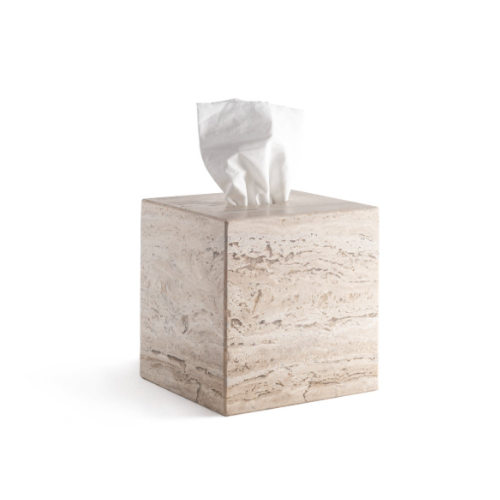This Natural Stone Is the Minimalist's Secret Weapon for Designing a Bathroom or Kitchen — And It's So Much More Exciting Than Marble
First the Colosseum, and now your bathroom... there's nowhere this striking stone wouldn't fit in, our experts share how they'd style it
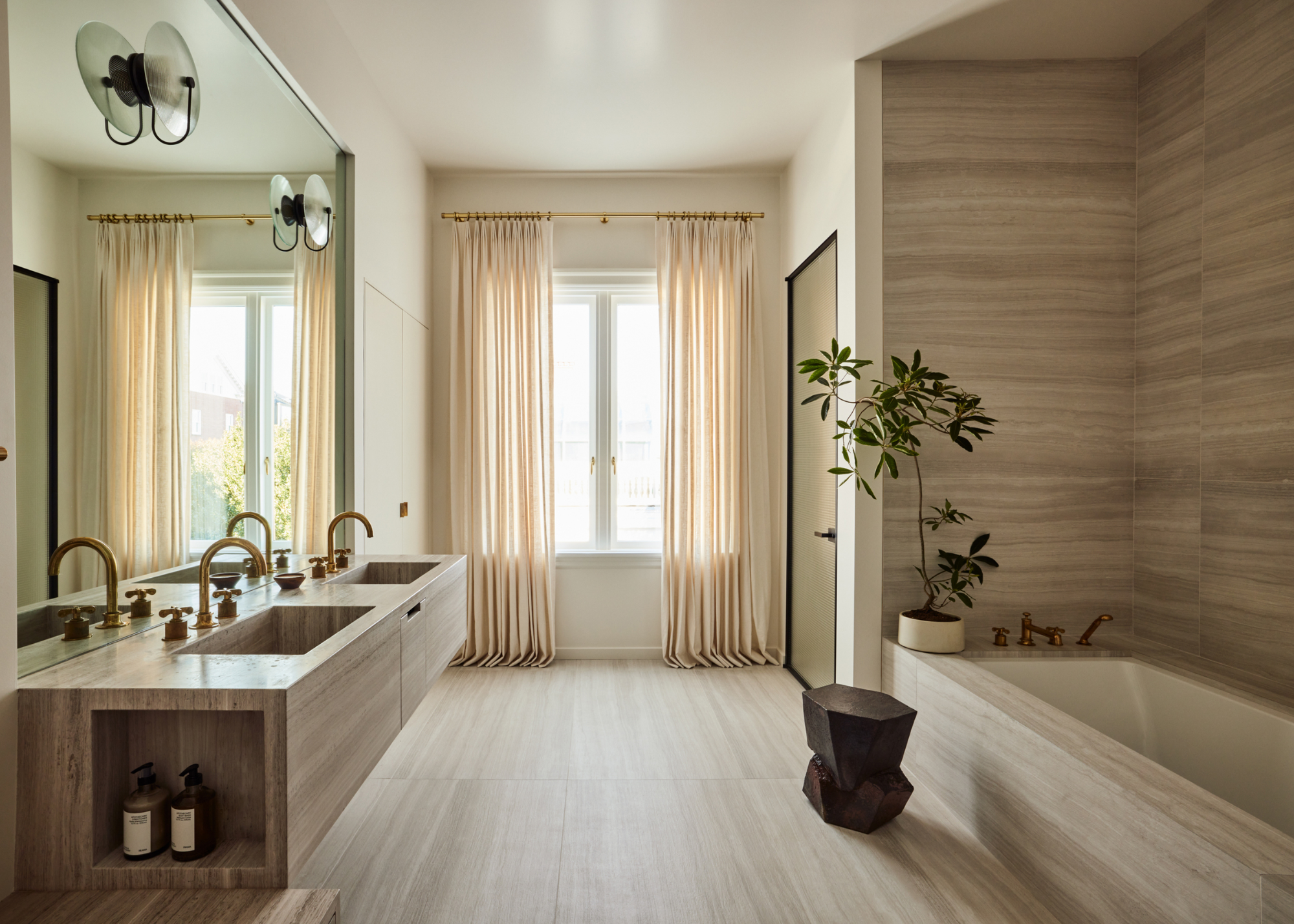

With roots dating back to ancient Egypt, travertine is by no means a new or modern material, and yet, it's become my new favorite luxury natural material.
As a design writer, I spend my days looking at beautiful, luxurious bathrooms and kitchens. And while the countless types of marble I see plastered on every surface of these rooms are all undeniably beautiful, after a while, they've begun to feel somewhat... predictable. Marble has become an almost default choice for these luxurious spaces, an effective but unimaginative design choice.
So, as I've started to spot travertine popping up more and more in luxury design projects, it's a beautiful breath of fresh air. Organic, textural, and full of movement, travertine is striking in its neutrality. Whether in its signature sandy tone or the more striking deep reds that have been rising in popularity, travertine brings a warmth and tactility to spaces that other natural materials struggle to achieve — yes, even your beloved marble.
What Is Travertine?
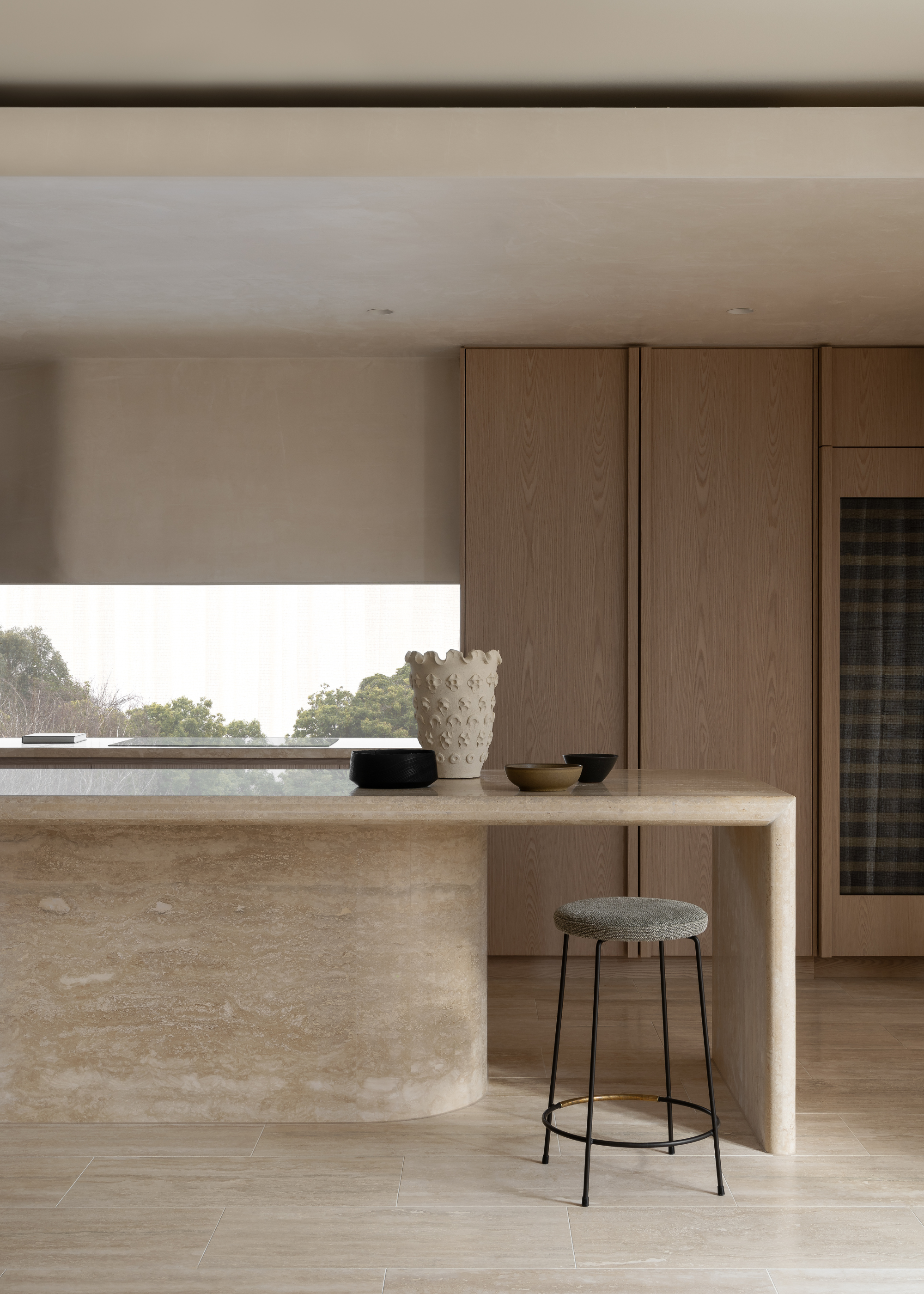
While you may be familiar with the look of travertine, for many of us, our knowledge of the material doesn't stretch beyond its surface appearance. So, what actually is travertine?
"Formed over thousands of years by mineral deposits from natural springs, travertine is a type of limestone celebrated for its warm tones and organic surface movement," explains Louisa Morgan, creative director from Mandarin Stone.
Travertine makes up one of three different types of limestone, with oolitic and fossiliferous being the other two categories. It is known for its signature 'striped' appearance.
As Damla Turgut, from Otto Tiles, explains, "What makes it special is its subtle tonal variation and the small natural pits that form across its surface, giving it a soft, organic texture."
The Livingetc newsletters are your inside source for what’s shaping interiors now - and what’s next. Discover trend forecasts, smart style ideas, and curated shopping inspiration that brings design to life. Subscribe today and stay ahead of the curve.
Although it's becoming a more fashionable material at the moment, travertine has rich roots in architecture trends and sculptural history, with the material being used for some of the most iconic structures across the globe. To name just a few, Urvashi Agarwal, from Stone World, refers to "The Colosseum, the Trevi Fountain in Rome, and the Basilica of the Sacre Coeur in Paris."
These long-standing buildings teach us of travertine's timeless beauty, as well as its impressive durability, maintaining the same visual appeal across hundreds of years.
However, this durability doesn't necessarily come completely naturally to the stone. As Urvashi explains, "It is a naturally porous stone which is resin or cement-filled and then sealed to protect it against daily wear and tear."
Damla Turgut is the founder and creative director of Otto Tiles & Design, a brand that has redefined the tile industry with its bold, handcrafted collections. In 2014, alongside her brother, she founded Otto Tiles in Istanbul. A year later, she returned to London and officially launched Otto Tiles & Design, bringing her distinctive vision to a global audience. From the beginning, Damla was determined to move beyond mass-produced designs and instead champion the beauty of handmade, artisanal tiles.
Why Designers Love It
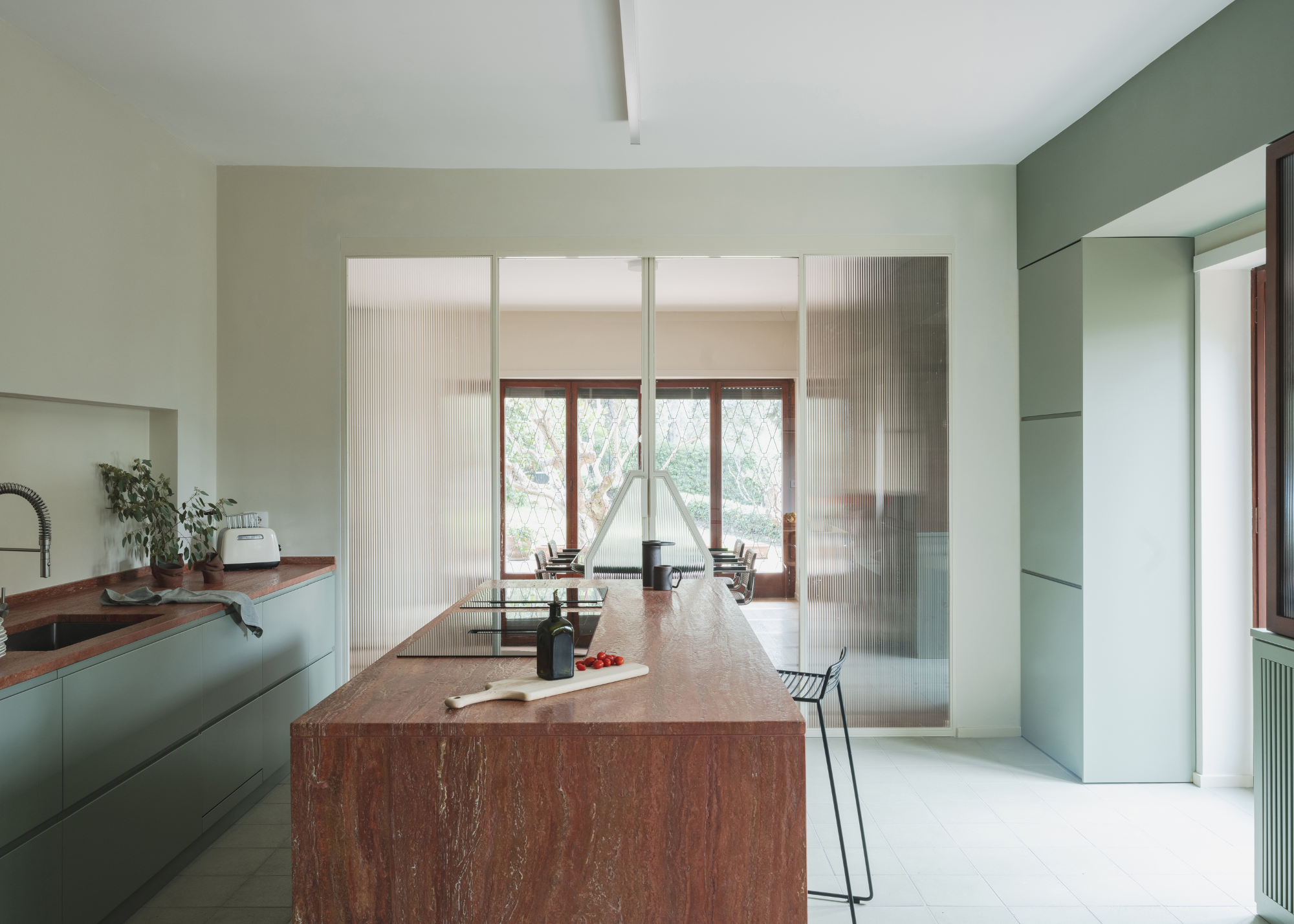
With early uses dating back to 3200 BC, travertine is by no means a 'new' trend; however, it is certainly true to say that this material is having a renewed moment in the spotlight, popping up in several of our favorite design projects, from renovated spa hotels to beautiful modern kitchens.
Urvashi explains this rising interest, saying, "Travertine is part of the revival of classic, timeless stones we’re seeing in design at the moment. It has a beautiful, natural texture and a soft, elegant feel that works equally well in both contemporary and traditional spaces."
Travertine manages to maintain a look that is neutral yet full of character, a unique quality that can be difficult to find in many materials.
It also seems to reflect our general move towards warmer, earthy color palettes and a heightened focus on natural materials. "Its soft, chalky palette; think creamy beiges, biscuit tones and gentle greys, complements the shift towards more organic, grounding spaces," adds Louisa.
It's a material that never looks overly polished or flawless, which is becoming increasingly appealing in interior design. Damla explains, "I think people are craving materials that feel honest and natural, ones that tell a story through their imperfections. Travertine has that slightly imperfect quality that makes a space feel lived in. It brings warmth where marble can sometimes feel cold, and it works beautifully with the more tactile finishes people are using right now."
Plus, as Urvashi adds, "It’s also on the more affordable end of the natural stone scale, which makes it an accessible way to bring a high-end, natural look into a space."
Stone World was founded in 1990 by Shekhar & Bina Agarwal. By 2005, Stone World evolved to truly embody its name, stocking stone from all corners of the world, to now also include onyx, travertine, quartzite & slate. Then, in 2009, as the stone industry was developing, Mr & Mrs Agarwal’s daughter joined the family business. A new surge of fresh energy, Urvashi worked to make end users & designers the focal point of the business. As the stone selection & material specifying process became more fashionable, Stone World ensured a wide selection of interesting stones were available to view at their warehouse.
How Does Travertine Compare to Other Stones?

Despite all these appealing factors working in travertine's favor, there's no denying that it still seems to be a background player against the pervasive appeal of a luxurious marble kitchen idea or bathroom. But how does this stone actually compare to other popular natural materials?
Beginning with the most iconic, marble. Damla explains its differences, saying, "Compared to marble, which is often more dramatic and usually (but of course not always) polished, travertine feels softer and more understated. It has the same sense of luxury but with a more relaxed character."
It feels more subtle, understated than marble, and not to mention, far more affordable.
Louisa further affirms these differences, saying, "Unlike the often veiny and sleek look of marble or the fine grain of limestone, travertine is celebrated for its open, characterful texture. It bridges the gap between rustic and refined, offering the visual depth of natural stone with a lighter, more relaxed aesthetic. While marble brings polish and drama, travertine offers softness and serenity, ideal for creating calm, inviting spaces."
It has a more surprising, unique look compared to the overused marble finish that has become ubiquitous with luxury spaces in a way that can feel somewhat unimaginative.
Though, of course, marble is not the only stone travertine can be compared to. Damla goes on to add, "Compared to something like granite, which can feel quite hard visually, travertine has a much gentler look and feel, a warmth and texture. It’s versatile too; you can dress it up in a contemporary setting or keep it rustic and relaxed."
It is this softness and warmth that make travertine feel so unique and refreshing.
"Travertine offers something unique thanks to its texture and tonal variation," Urvashi explains. "It’s a stone with real depth and movement, you can choose from vein-cut or cross-cut options to completely change the look, as well as a range of colours from warm neutrals to richer shades like red and titanium. It’s timeless and neutral, so it never really dates, which is why it’s so often used in modern bathrooms and living spaces where you want longevity."
How to Use It
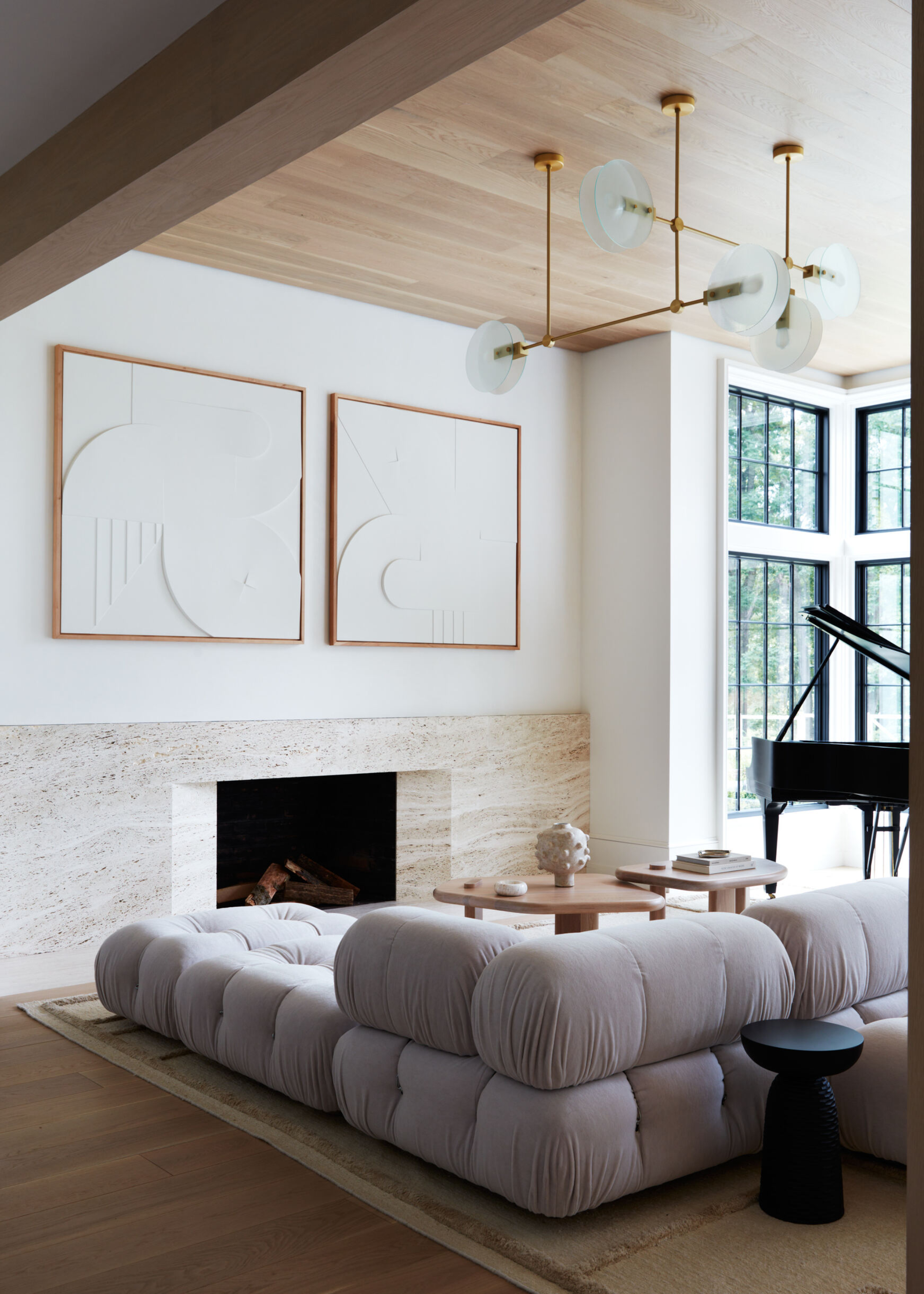
As such a neutral and adaptable material, there is no shortage of ways to use this gorgeous stone, though our experts do have a fair few ideas to get the inspiration flowing.
"Travertine works almost anywhere, from spa-inspired bathrooms and serene living spaces to outdoor patios or dining areas," notes Urvashi. It does, as she notes, lend itself particularly well to spaces where building a relaxing atmosphere is a top priority, and would look especially stunning in the trendy wellness rooms that seem to be popping up more and more.
She continues, saying, "Its calming tones and tactile surface lend themselves to spaces that are meant to feel natural and grounded. It’s especially effective in ‘spathrooms’, those spa-like bathrooms that focus on wellness, relaxation, and simplicity, where the texture of the stone adds a soft, organic warmth."
To emphasize this calming, relaxing feel, Urvashi recommends pairing it with similarly atmospheric tones and materials."You can lean into its soft, calming side with a neutral palette and natural materials for a spa-like feel." She says.
Alternatively, Urvashi suggests, "or go bold by using vein-cut slabs and installing them in a cross pattern to create a more striking, graphic look. It pairs beautifully with brass, bronze, or black fixtures for contrast, or with pale woods and linens for something more organic."
This stone can be manipulated to suit a wide variety of different interior design trends, based on what you pair it with, though, as the experts note, it does naturally lend itself well to these organic, warm spaces.
"Travertine pairs beautifully with other natural materials like timber, plaster, muted metals such as bronze or brass, and linen," Damla notes. She continues, saying, "I like it best in tonal schemes where the texture does the talking, as it has a quiet kind of luxury that doesn’t need much else."
Perhaps the most appealing aspect of this material is the unique sense of movement in the stone, but to appreciate this to the fullest, it's important to consider how the material is illuminated. Damla explains, "Travertine catches light beautifully, so anywhere with good daylight really brings out its character. It works equally well across walls and floors, or even as a statement worktop or vanity."
Shop the Look
FAQs
When Should You Not Use Travertine?
Although travertine is generally a relatively durable material, it is naturally porous in nature, which will impact where it is appropriate to use.
"Travertine is a great stone overall, but the one thing to be mindful of is where you use unfilled travertine," says Urvashi, "The natural pores and holes can trap dirt, so it’s best reserved for wall applications or decorative details, rather than high-traffic floors or surfaces, unless it’s been filled and sealed properly."
So, have you been converted? Are you a fellow travertine-obsessive like me yet? If you need some more convincing, check out this stunning San Francisco home with a travertine bathroom.
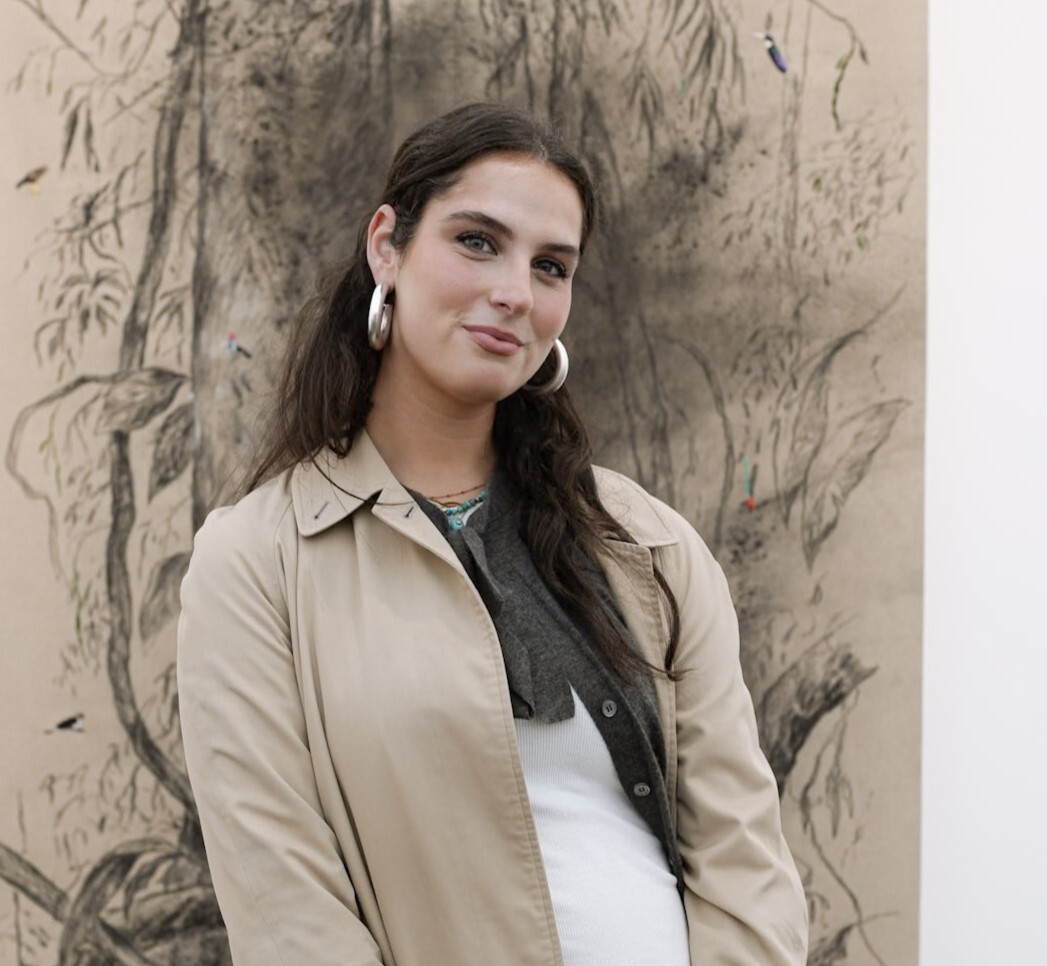
Maya Glantz is a Design Writer at Livingetc, covering all things bathrooms and kitchens. Her background in Art History informed her love of the aesthetic world, and she believes in the importance of finding beauty in the everyday. She recently graduated from City University with a Masters Degree in Magazine Journalism, during which she gained experience writing for various publications, including the Evening Standard. A lover of mid-century style, she can be found endlessly adding to her dream home Pinterest board.
